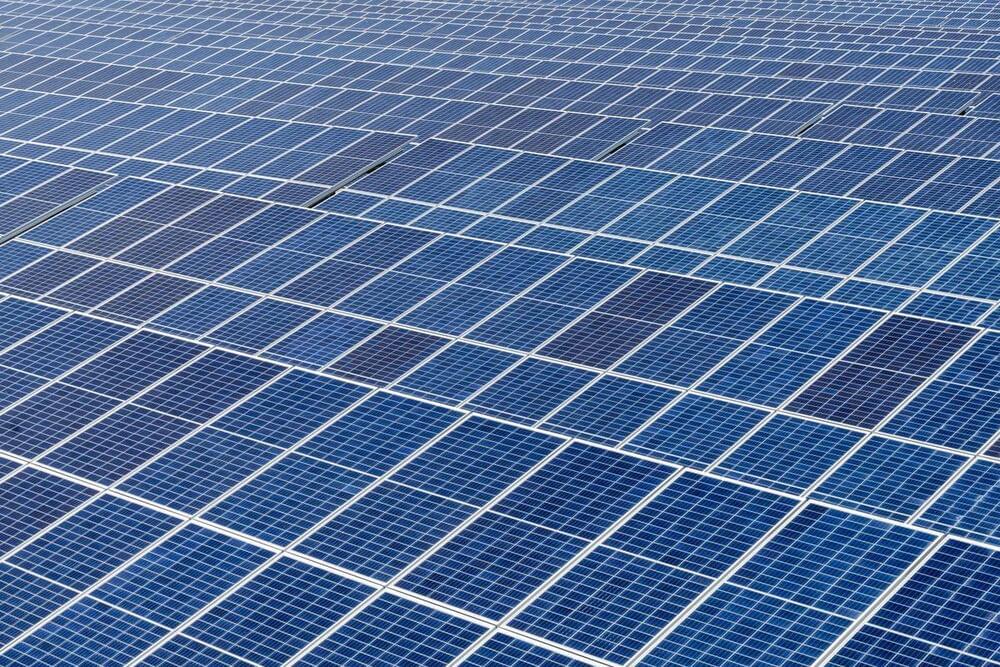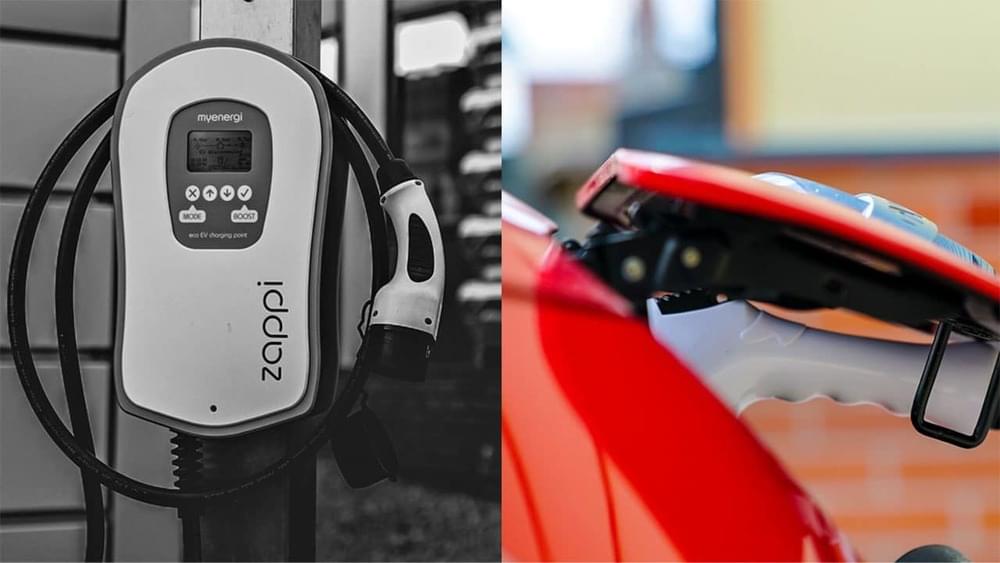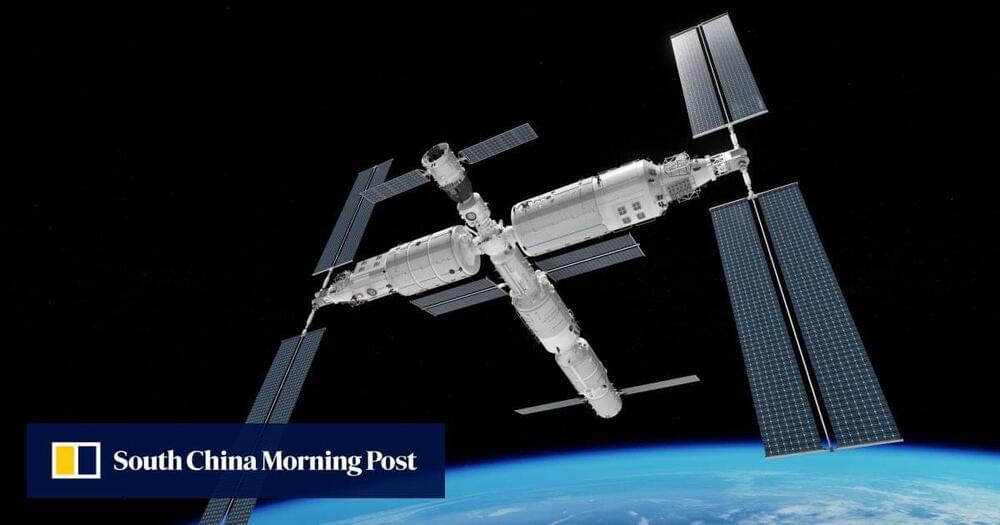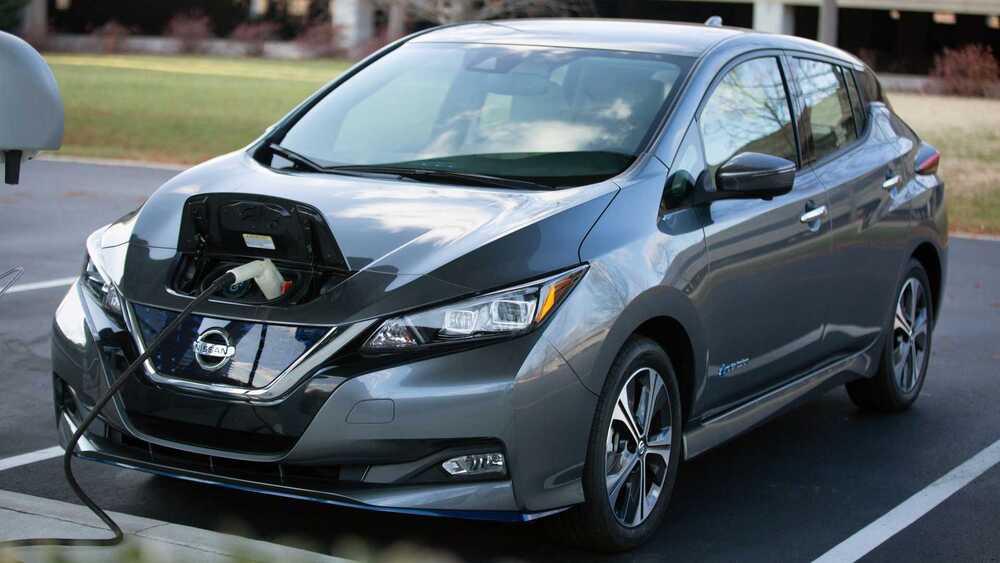Risen Energy Co. is planning to build a 45 billion yuan ($7 billion) integrated solar power factory in Inner Mongolia that’ll run on clean energy.




Do you like to keep learning?
Why should be stop at 16, or after University?
The world is changing so fast now, the idea of life long learning is becoming a necessity.
I look at what is wrong, how we can change it & the benefits that this could bring to not just the individual, but society as a whole.
Have a great day and a happy new year to you all.




I do not own this video. It is owned by ABC Australia. Interstellar voyage to find the second Earth — space documentary.
Support me: http://www.paypal.me/sovereignspace.
A documentary showcasing interstellar travel to visit an Earth-like planet, a bona fide Earth 2.0 to see if there is life on it. Follow this amazing adventure in state of the art CGI and with the world’s leading scientists.
